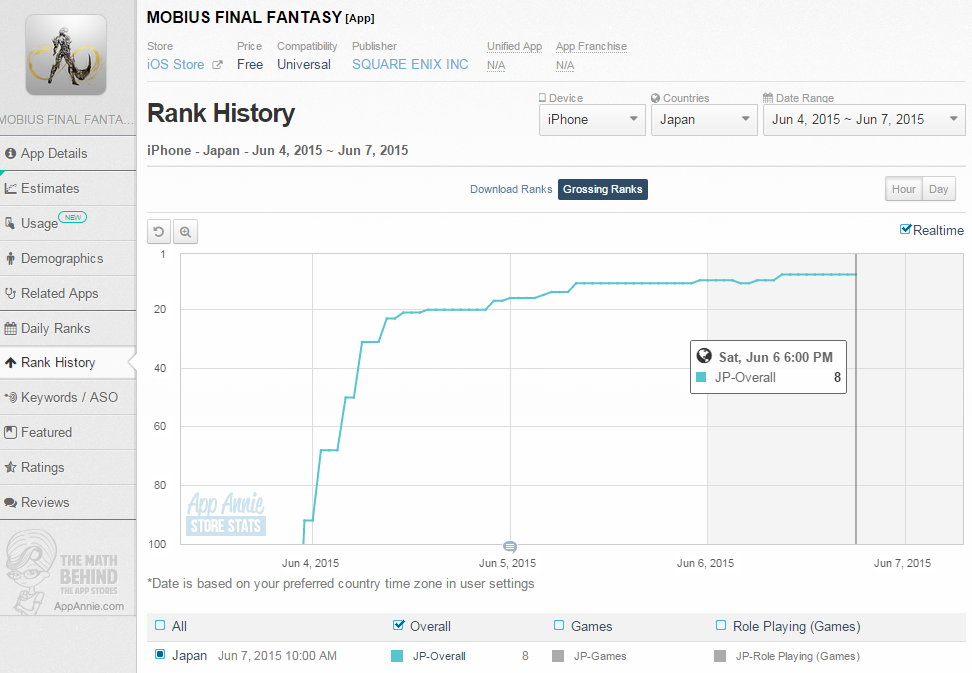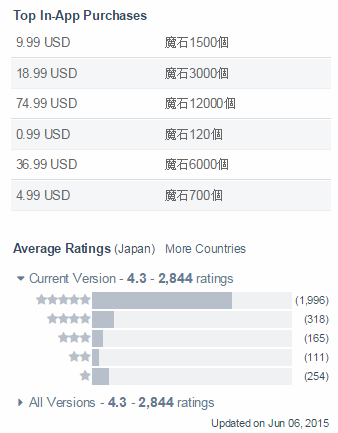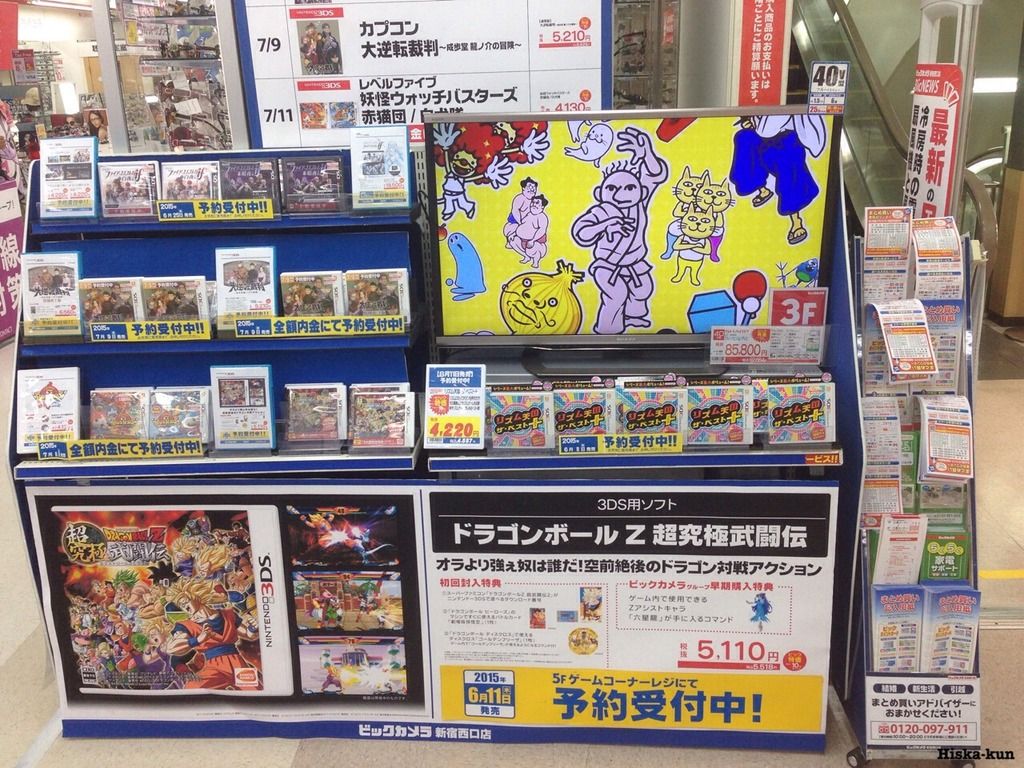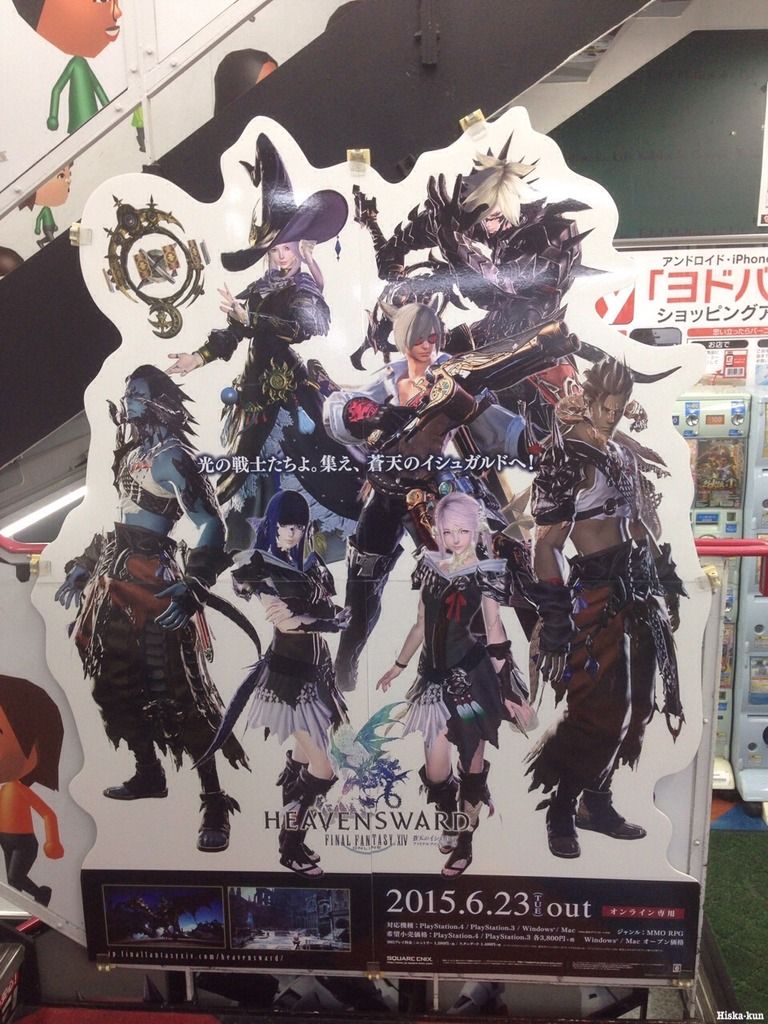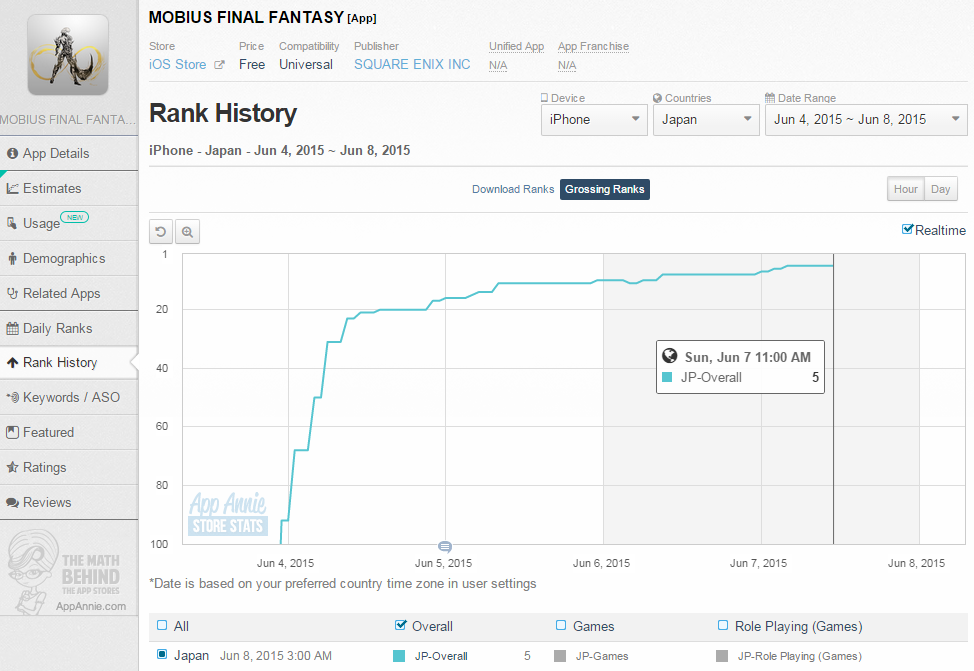Thank for these.
Could we do a comparison of the WiiU to PS4 trends, I wonder if they both didn't suffer similar "falls" post launch jumps. Looking at the trends, though, PS4 will have its work cut out for it reaching even PS3. And that's in a market with the total collapse of all its other console competition.
Sure.
I have compiled some information and presented it below in an easy to read way.
The first graph below shows the first 24 months of sales for the Wii U and first 15 months of sales for the PlayStation 4. The Wii U got off to a great start during its launch in December, the best month of the year for retail sales, with more than 600,000 units sold through to end users. Despite the huge start for the Wii U, monthly sales quickly declined to less than 50,000 between month 3 and 11 until the holiday season for 2013 boosted sales to over 400,000 (cumulative) during the final two months of the year. Sales then return back down to lower than 50k from month 15 through 24.
The PlayStation 4 launched in February 2014, a year and 3 months after the Wii U. First weekend sales were high, matching the Wii U's opening. However the Wii U had strong sales the next weeks after thanks to the holiday season whilst the PlayStation 4 declined quickly and just like the Wii U saw sales of less than 50k per month between month 4 and 10. From December 2014 the console has seen a small jump in sales with average monthly sales of 115,000 over the past 5 months. It remains to be seen whether the PlayStation 4 can improve on this momentum or if, just like the Wii U, it will fall back down to 50k and less monthly sales.
As of April 2015, the PlayStation 4 has sold 1.4 million units to end users and the Wii U has sold 2.3 million units to end users.
Now lets take a look at how the PlayStation 4 has performed against its predecessor, the PlayStation 3. The PlayStation 3 is actually a good example to use as it got off to a very slow start. It can be seen from the graph below that despite the PlayStation 4's high opening sales, it has done worse on a month by month basis compared to the PlayStation 3. After 15 months on the market the PlayStation 4 has sold 1.4 million units whilst the PlayStation 3 had sold almost 1.9 million units.
The PlayStation 3 has sold 10.2 million units during its lifetime in Japan. However the console market has shrunk in Japan and so this number does not look possible for the PlayStation 4, even if the last few months (aligned) have looked more positive for the console.
The graph below shows the Wii U monthly sales against the GameCube monthly sales. The GameCube is the best console to use as it too did not see high sales in Japan. There is a lot of similarities that can be seen below in regards to average monthly sales outside of holiday months. The Wii U got off to a much better start thanks to the launch in December (month 1) with more than 600,000 units sold during the month, the GameCube had a somewhat average opening month in September with just under 200,000 units sold but the console saw a big boost in December (month 4) with more than 450,000 units sold.
Average monthly sales for the GameCube in 2002 were around 85k (Month 5-16) whilst average monthly sales for the Wii U in 2013 (Month 2-13) were around 75k. Both consoles saw a boost during their first proper holiday seasons since launch with the GameCube selling more than 200,000 units (Month 16) however the Wii U saw a much stronger holiday with more than 300,000 units sold (Month 13).
After 24 months on the market the Nintendo GameCube, despite lower sales during the holiday period, had seen good average sales during the rest of the year and had worked its way up to 2.4 million units whilst the Wii U had failed to sell well outside holiday periods and had only sold 2.0 million units.
The GameCube sold 4 million units in Japan during its lifetime.
The graph below shows monthly sales for the first 24 months of the PlayStation 3, PlayStation 4, Nintendo GameCube, Nintendo Wii U and Sega Dreamcast. The aim of this graph is to compare the PlayStation 4 and Nintendo Wii U to previous consoles that also took a while to get started or failed to take off.
As you can see, the PlayStation 4 and Nintendo Wii U have had poor monthly sales despite the high sales at launch.
Here are average monthly sales for each console during the first 24 month period. (Numbers are rounded):
92,000 - PlayStation 4 (first 15 months only)
100,000 - PlayStation 3
83,000 - Wii U
100,000 - GameCube
66,000 - Dreamcast
It is important not to read too much into the first 24 months of sales as the PS3 went on to sell 10.2m whilst the GameCube only sold 4.0m. However it does look like the PS4 and Wii U are on track to sell significantly less than any prior PlayStation or Nintendo home console.
 Click to make larger
Click to make larger
This graph below shows cumulative sales of each console from the graph above over the first 24 months.
It's easy to see how the PlayStation 3 started off slow but gradually increased whilst the GameCube started off high but sales fell away quickly. The Dreamcast had low sales to start off with and when the PlayStation 2 came out sales dried up very quickly.
The Wii U has been tracking ahead of the PlayStation 4 however the PS4 seems to be on its way to closing the gap, ultimately it looks like the Wii U and PlayStation 4 will see similar sales in just over a year from now, but neither console will have done as well as their predecessors.
The final graph shows non aligned sales for the Wii U and PS4. This chart uses actual launch dates and also shows the gap between the PlayStation 4 and Wii U in Japan since the PS4 launched. For the first time the gap has dropped below 1 million and Sony will be keen for that gap to continue dropping over the next year.








